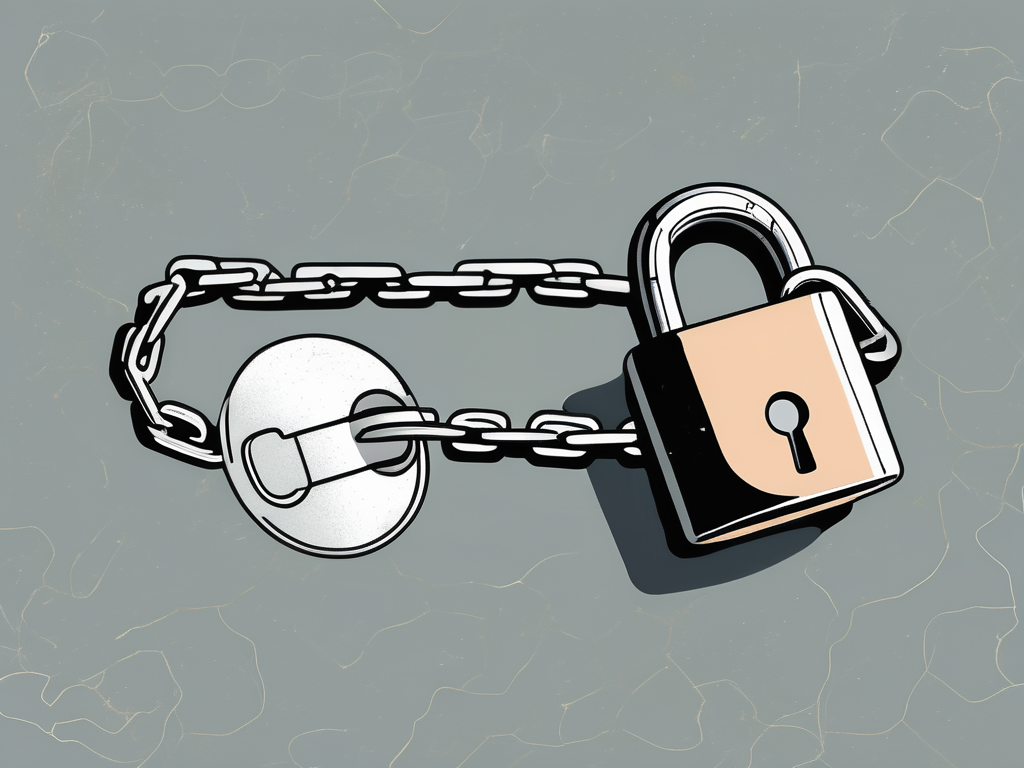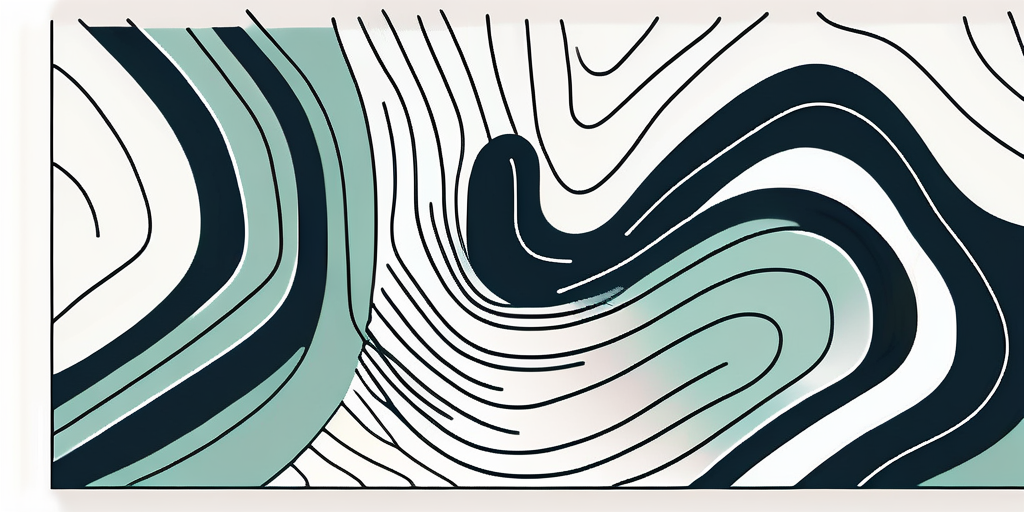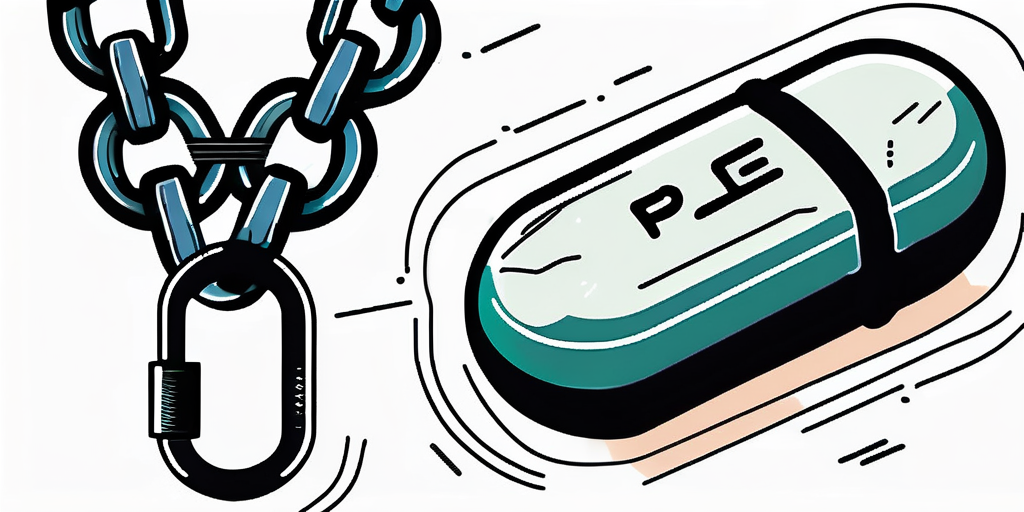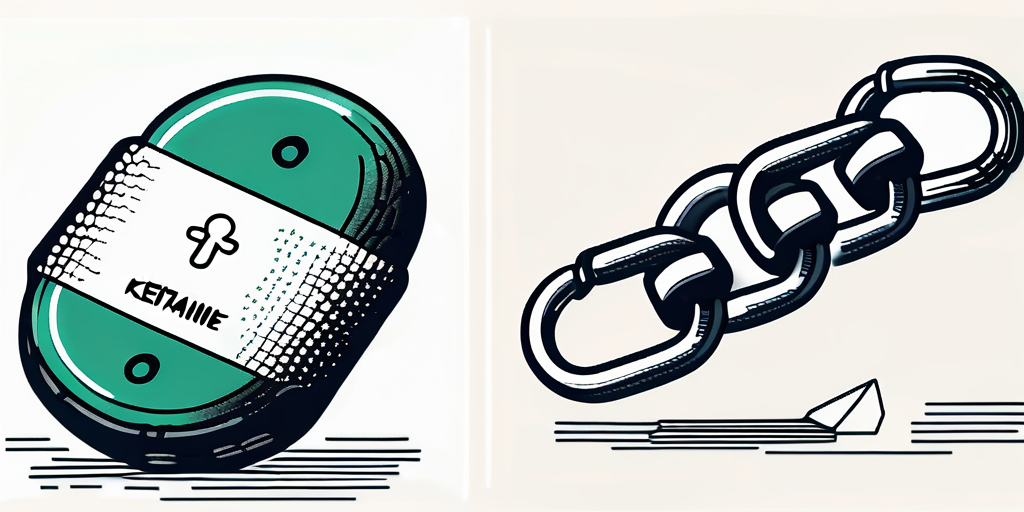
Discover the truth about ketamine troches and their potential for addiction in this comprehensive article.
Are Ketamine Troches Addictive?
Ketamine troches have gained popularity in recent years as a potential treatment for various mental health conditions. However, concerns have been raised about their addictive potential. In this article, we will delve into the topic of ketamine troches addiction and explore the science behind it. Understanding the nature of addiction is crucial in order to recognize the signs and seek appropriate treatment if necessary.
Understanding Ketamine Troches
Ketamine troches, also known as lozenges or sublingual tablets, are a form of medication that contains ketamine, a dissociative anesthetic. These troches are typically taken sublingually, meaning they are placed under the tongue and allowed to dissolve. The main purpose of ketamine troches is to provide a rapid and efficient method of delivering the drug into the bloodstream.
Ketamine, the primary component of these troches, is a versatile drug with a range of effects. Originally developed as an anesthetic, ketamine is now being explored for its potential in treating various mental health conditions due to its unique mechanism of action in the brain.
What are Ketamine Troches?
Ketamine troches are formulated by compounding pharmacies and can contain varying doses of ketamine. The troches are designed to be absorbed through the mucous membranes under the tongue, facilitating a quicker onset of effects compared to other routes of administration.
When ketamine is administered sublingually, it bypasses the first-pass metabolism in the liver, leading to higher bioavailability and faster onset of action. This makes ketamine troches an attractive option for patients who require immediate relief from symptoms.
Medical Uses of Ketamine Troches
Ketamine troches have shown promise in the treatment of certain mental health conditions, such as treatment-resistant depression and post-traumatic stress disorder (PTSD). These troches are often used as an adjunct to traditional therapies and can provide rapid relief from symptoms in some individuals.
Research into the therapeutic potential of ketamine troches is ongoing, with studies exploring their efficacy in managing chronic pain, anxiety disorders, and other psychiatric conditions. The convenience and rapid onset of action make ketamine troches a valuable tool in the realm of mental health treatment.
The Science Behind Addiction
Before diving into the addictive potential of ketamine troches, it is important to understand the basics of addiction itself. Addiction is a complex psychological and physiological phenomenon characterized by compulsive drug-seeking and drug use despite negative consequences.
Exploring addiction further reveals a multifaceted issue that involves not only the brain but also social, environmental, and genetic factors. The interplay of these elements contributes to the development and persistence of addictive behaviors, making addiction a challenging condition to overcome.
Defining Addiction
Addiction is more than just a habit or a simple desire for a substance. It is a chronic brain disease that affects the reward, motivation, and memory circuits in the brain. Individuals with addiction often exhibit behavioral changes and struggle to control their drug use.
Moreover, addiction is known to have a significant impact on an individual’s overall well-being, affecting relationships, work or school performance, and physical health. The pervasive nature of addiction underscores the importance of comprehensive treatment approaches that address not only the substance use itself but also the underlying issues contributing to the addictive behavior.
How Addiction Works in the Brain
When a drug like ketamine enters the brain, it interacts with various neurotransmitters and receptors, altering the brain’s chemical balance. This disruption can lead to craving, dependence, and ultimately addiction.
The brain’s response to addictive substances is intricate, involving changes in dopamine levels, neural pathways, and stress responses. These alterations can reinforce drug-seeking behavior and make it challenging for individuals to break free from the cycle of addiction. Understanding the neurobiological mechanisms underlying addiction is crucial for developing effective interventions and treatment strategies to support recovery.
Ketamine Troches and Addiction Potential
While ketamine troches have shown promise as a therapeutic tool, it is essential to consider their addictive properties. Like any other substance, ketamine can be addictive under certain circumstances.
Understanding the complexities of ketamine addiction involves delving into its pharmacological effects on the brain and the various risk factors that can contribute to the development of addictive behaviors.
The Addictive Properties of Ketamine
Ketamine acts primarily on the glutamatergic system in the brain, specifically targeting the N-methyl-D-aspartate (NMDA) receptors. Its unique mechanism of action sets it apart from other drugs, but it also contributes to its potential for dependence and addiction.
When ketamine binds to NMDA receptors, it disrupts the normal functioning of glutamate, a key neurotransmitter involved in learning, memory, and cognition. This disruption can lead to alterations in neural pathways associated with reward and reinforcement, ultimately contributing to the development of addictive behaviors.
Risk Factors for Addiction
Several factors can influence an individual’s vulnerability to ketamine addiction. These include genetic predisposition, a history of substance abuse or mental health disorders, and environmental factors such as peer pressure or availability of the drug.
Genetic variations in the metabolism of ketamine or the functioning of neurotransmitter systems can impact an individual’s response to the drug, increasing the likelihood of developing an addiction. Additionally, individuals with co-occurring mental health disorders, such as depression or anxiety, may be more prone to using ketamine as a form of self-medication, further escalating the risk of addiction.
Signs of Ketamine Troches Addiction
Recognizing the signs of ketamine troches addiction is crucial to intervene and seek treatment promptly. Addiction can manifest in various ways, both physically and behaviorally.
Ketamine troches, a form of the dissociative anesthetic ketamine, have gained popularity for their potential therapeutic benefits in treating depression and chronic pain. However, like any medication, they carry the risk of misuse and addiction if not used as prescribed.
Physical Symptoms of Addiction
Physical signs of ketamine troches addiction may include tolerance (needing higher doses to achieve the same effect), withdrawal symptoms when attempting to quit, and changes in sleep patterns, appetite, and overall health.
Long-term use of ketamine troches can also lead to more severe physical consequences such as bladder problems, gastrointestinal issues, and cognitive impairments. These effects can significantly impact an individual’s quality of life and overall well-being.
Behavioral Indicators of Addiction
Behavioral changes associated with ketamine troches addiction can include social withdrawal, neglecting responsibilities, engaging in risky behaviors, and experiencing cravings or compulsive drug-seeking.
Individuals struggling with ketamine troches addiction may also exhibit mood swings, irritability, and a loss of interest in activities they once enjoyed. These behavioral indicators can strain relationships and hinder daily functioning, highlighting the importance of early intervention and support.
Treatment Options for Ketamine Troches Addiction
If a person is struggling with ketamine troches addiction, it is essential to seek professional help. Treatment options for addiction typically involve a combination of detoxification, therapy, and rehabilitation.
When it comes to detoxification, it is crucial to understand that the process can vary depending on the individual’s level of addiction and overall health. Medically supervised detox programs can provide a safe environment for individuals to manage withdrawal symptoms and receive the necessary medical support to ensure a smoother transition.
Detoxification and Withdrawal
Detoxification is the process of safely managing withdrawal symptoms and eliminating ketamine from the body. This stage is often supervised by medical professionals who can monitor the individual’s progress and provide necessary support.
Furthermore, withdrawal from ketamine troches can be challenging, both physically and psychologically. It is common for individuals to experience symptoms such as anxiety, depression, and cravings during this phase. Having a supportive network of healthcare professionals and loved ones can make a significant difference in navigating this difficult period.
Therapy and Rehabilitation
Therapy plays a vital role in helping individuals overcome ketamine troches addiction. Various therapeutic approaches, such as cognitive-behavioral therapy (CBT) and motivational interviewing, can address the underlying factors contributing to addictive behaviors and provide strategies for relapse prevention.
Moreover, rehabilitation programs offer a structured environment where individuals can focus on their recovery journey. These programs often include individual counseling, group therapy sessions, and holistic activities to promote overall well-being. Engaging in these activities can help individuals develop coping mechanisms and life skills that are essential for long-term sobriety.
FAQs about Ketamine Troches
Q: Are ketamine troches safe? A: When used under the supervision of a qualified healthcare provider, ketamine troches are generally considered safe. However, like any medication, they may cause side effects such as dissociation, dizziness, or nausea.
Q: How often should ketamine troches be taken? A: The frequency of ketamine troche administration depends on the individual’s condition and response to treatment. Your healthcare provider will determine the appropriate dosing schedule for you.
Q: Can ketamine troches be used for chronic pain management? A: Yes, ketamine troches have shown efficacy in managing chronic pain conditions such as neuropathic pain, fibromyalgia, and migraines.
In conclusion, while ketamine troches can be an effective tool in the treatment of certain mental health conditions, they do possess addictive potential. Recognizing the signs of addiction and seeking appropriate treatment can help individuals overcome this challenge and regain control of their lives.

I like your website too much, but several of your pieces need to have their spelling checked. Several of them contain multiple spelling mistakes, which makes it challenging for me to be honest. Still, I will most certainly return.